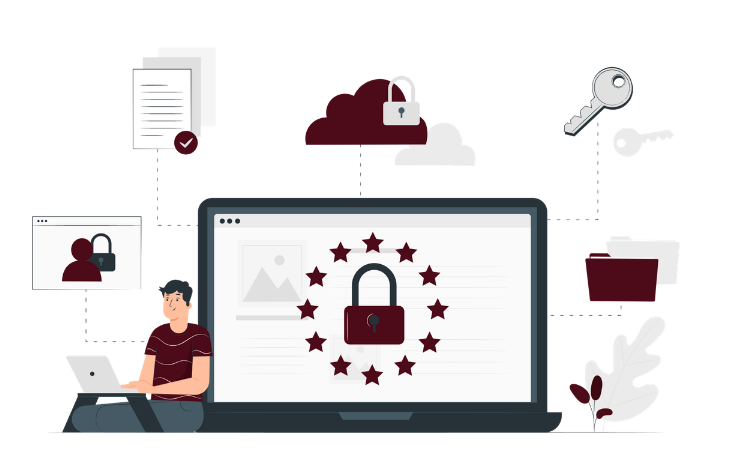5 Simple Steps to Start Reclaiming Your Digital Privacy

In today's digital world, privacy is more at risk than ever. Big tech companies collect a lot of data about our online activities, making it important to protect our personal information. Here are five easy and effective steps you can take right away to start reclaiming your privacy.
1. Switch Your Browser
Your web browser is your gateway to the internet, but it can also be a major privacy risk. Popular browsers like Google Chrome and Microsoft Edge track your browsing history, searches, and online activity, often sharing this data with advertisers and third parties.
To protect your privacy, consider using a more secure browser. Brave blocks ads and trackers by default, ensuring a safer browsing experience. Mullvad Browser is designed for maximum anonymity, reducing the risk of fingerprinting. LibreWolf is a privacy-focused version of Firefox with strict security settings, while Tor Browser routes traffic through the Tor network, making tracking extremely difficult.
These browsers prioritize privacy and help reduce online surveillance. To compare their tracking protection, visit privacytests.org. Adjusting your browser settings is a simple yet powerful step toward regaining online privacy.
2. Use a Private Search Engine
Google dominates the search engine market but tracks user queries to collect data for targeted ads, raising privacy concerns. This data can reveal personal interests, habits, and even medical information.

Privacy-focused search engines offer a safer alternative. Startpage delivers Google results without collecting data, Swisscows prioritizes privacy and family-friendly content, Brave Search offers independent results with strong privacy protections, and MetaGer is an open-source, decentralized option.
To enhance privacy, set your preferred search engine as the default in your browser and bookmark multiple options to compare them. Switching to a private search engine is a simple yet effective way to take back control of your online privacy.
3. Use Secure Messaging Apps
Traditional SMS and phone calls are not private—telecom providers store metadata and message content, which can be accessed by governments or third parties. This compromises the confidentiality of your communication.
To protect your messages, use an end-to-end encrypted (E2EE) messaging app. E2EE ensures that only the sender and recipient can read the messages, with no third parties having access. Signal is a trusted open-source app with strong encryption and no ads. Threema offers decentralized messaging and doesn’t require a phone number, enhancing anonymity. SimpleX goes even further by eliminating user identifiers entirely for maximum privacy.
For a detailed comparison of secure messaging options, visit securemessagingapps.com. Switching to a private messaging app is an easy but powerful way to take back control of your digital privacy.
4. Switch to a Private Email Service
Major email providers like Gmail scan inbox contents to serve targeted ads and collect user data, creating detailed profiles that compromise privacy. Additionally, many services store emails unencrypted, making them vulnerable to hacking and government surveillance.

To enhance security and control over your personal communications, consider switching to a privacy-focused email provider. ProtonMail offers strong encryption, open-source security, and servers in privacy-friendly Switzerland. Tutanota provides fully encrypted emails for all users, even those on free plans, with a strong commitment to data protection. Both services ensure that only the sender and recipient can read messages, blocking third-party access.
For a smooth transition, import your existing emails and contacts, and set up email forwarding from your old provider. Switching to a private email service is a simple but essential step in protecting your digital identity.
5. Choose a Privacy-Focused Cloud Storage Provider
Mainstream cloud storage services like Google Drive and Dropbox have access to your files, meaning your data can be analyzed, shared with third parties, or exposed in a security breach.
To protect your privacy, switch to an end-to-end encrypted (E2EE) cloud storage provider, where only you can access your files. Tresorit offers strong encryption and zero-knowledge security, Sync.com provides secure file sharing with no third-party access, and Proton Drive ensures privacy with Swiss-based encryption laws.
For maximum security, avoid storing sensitive data unencrypted on any cloud service. Taking control of your cloud storage is a crucial step in protecting your digital privacy.
Conclusion
Protecting your personal information online doesn’t have to be complicated. Simple changes—such as switching to a private browser, search engine, messaging app, email provider, and cloud storage service—can significantly reduce data tracking and enhance your privacy.
Stay informed about new threats and how to protect yourself by subscribing to our newsletter.



